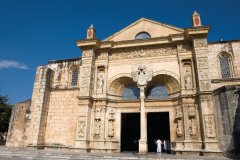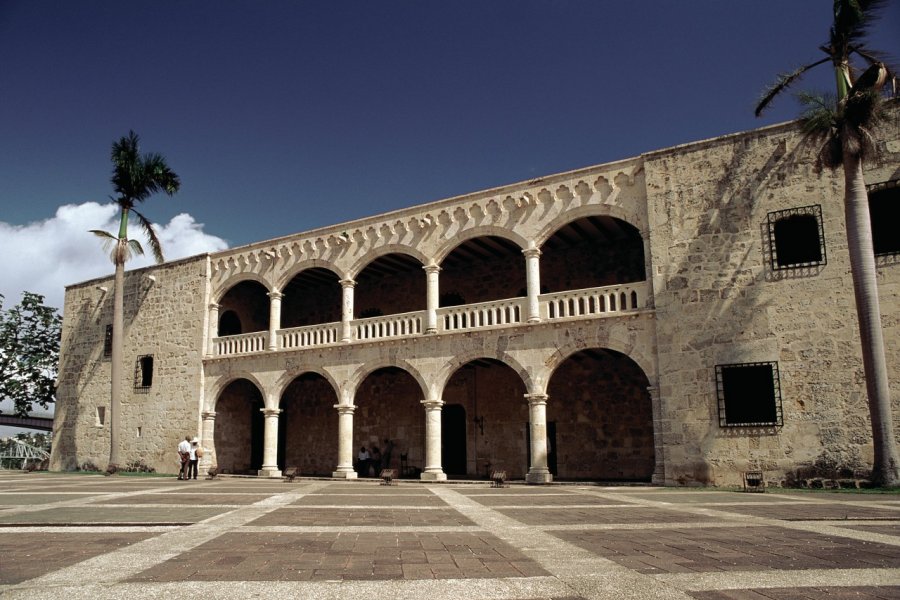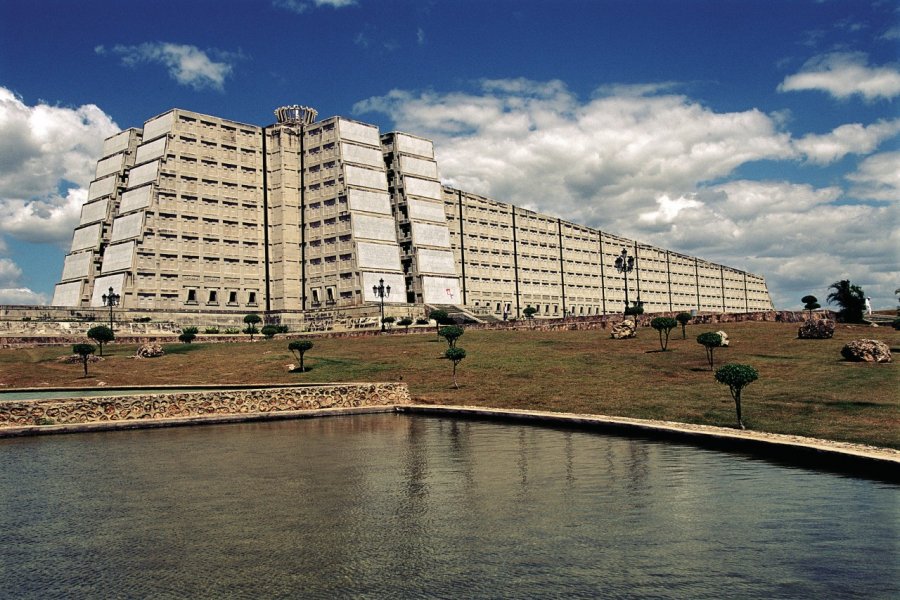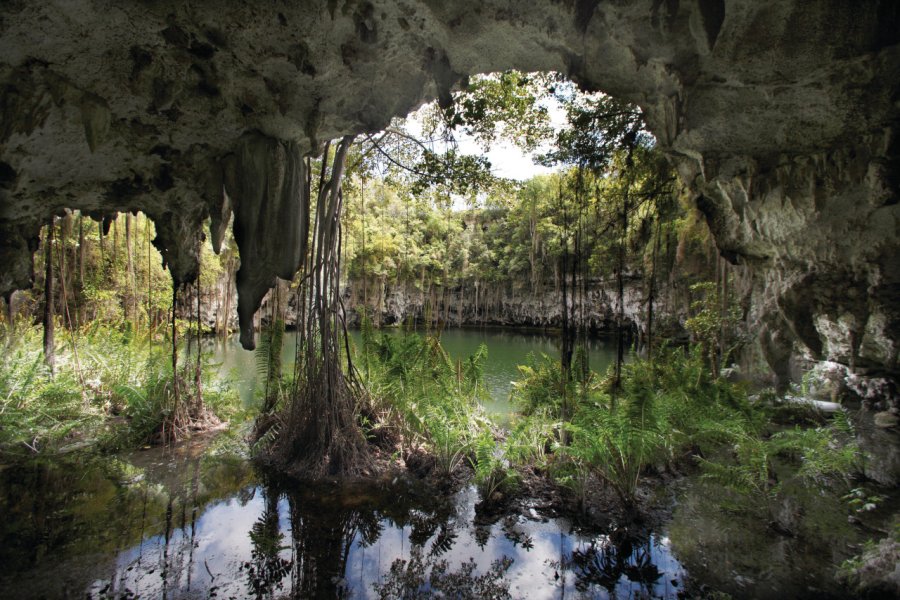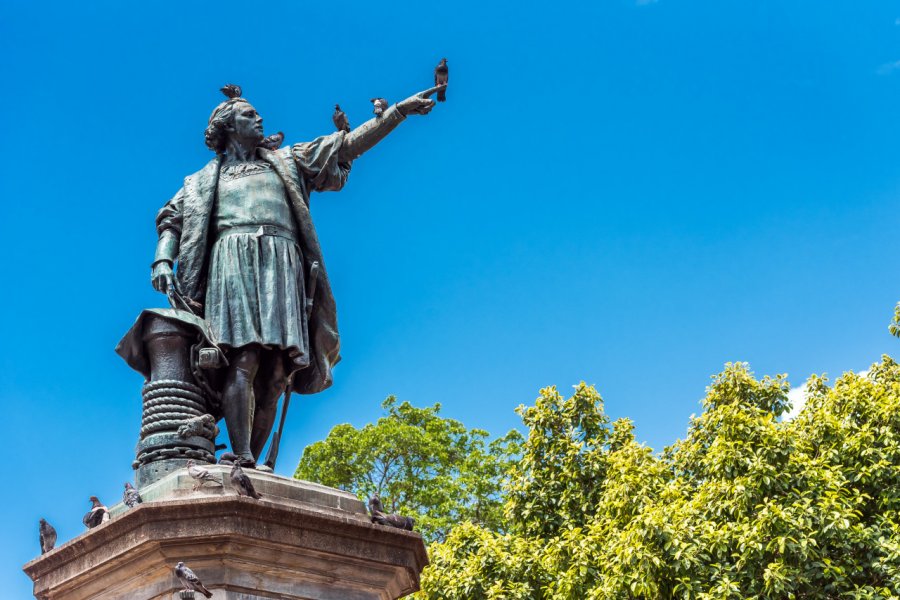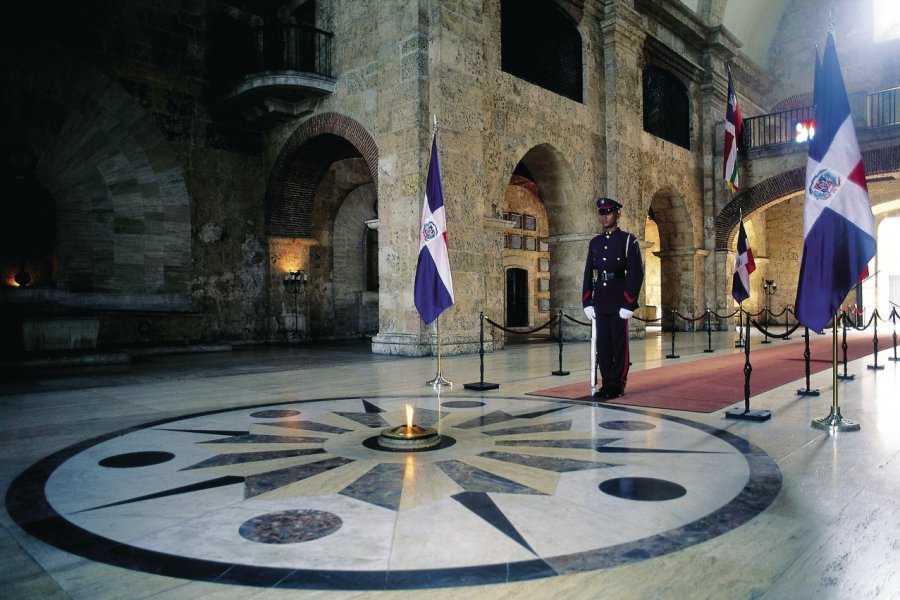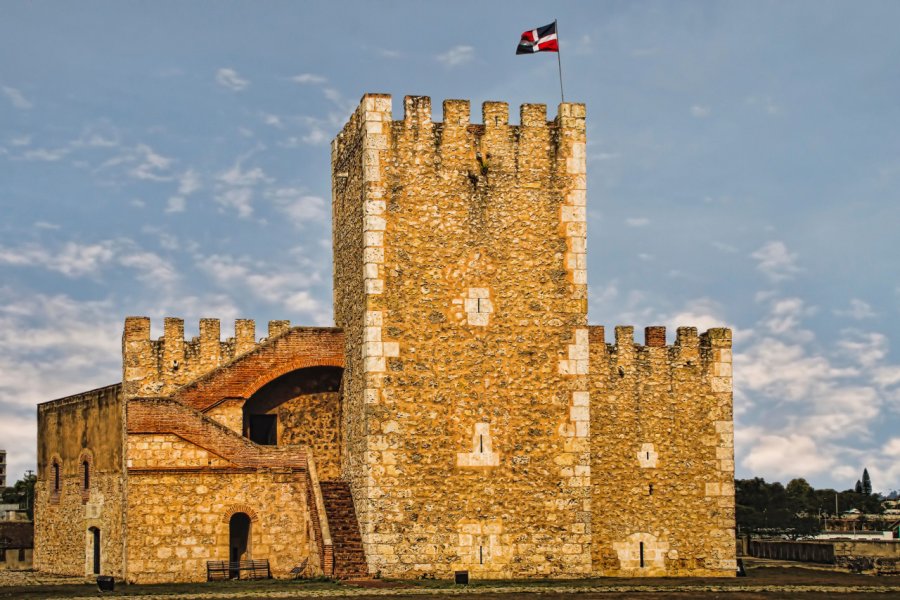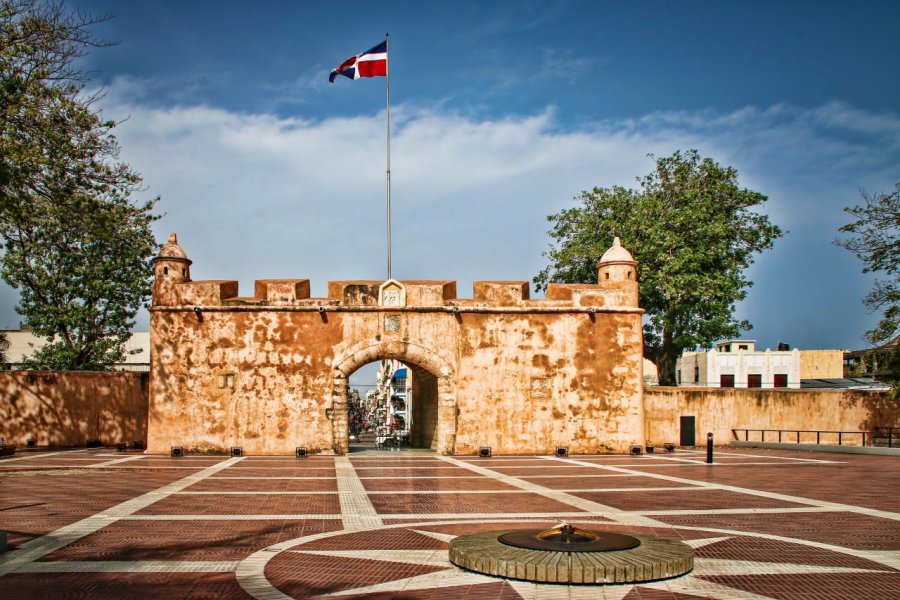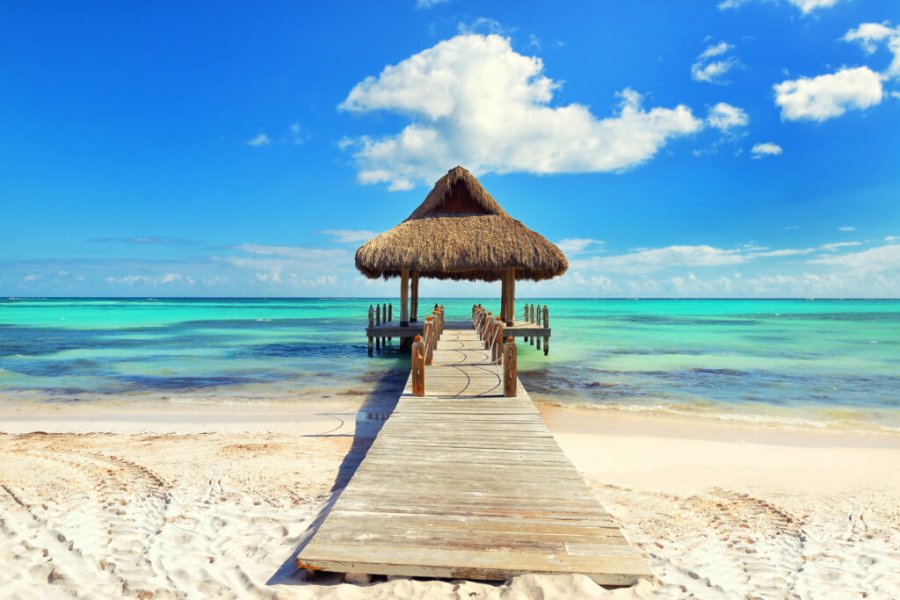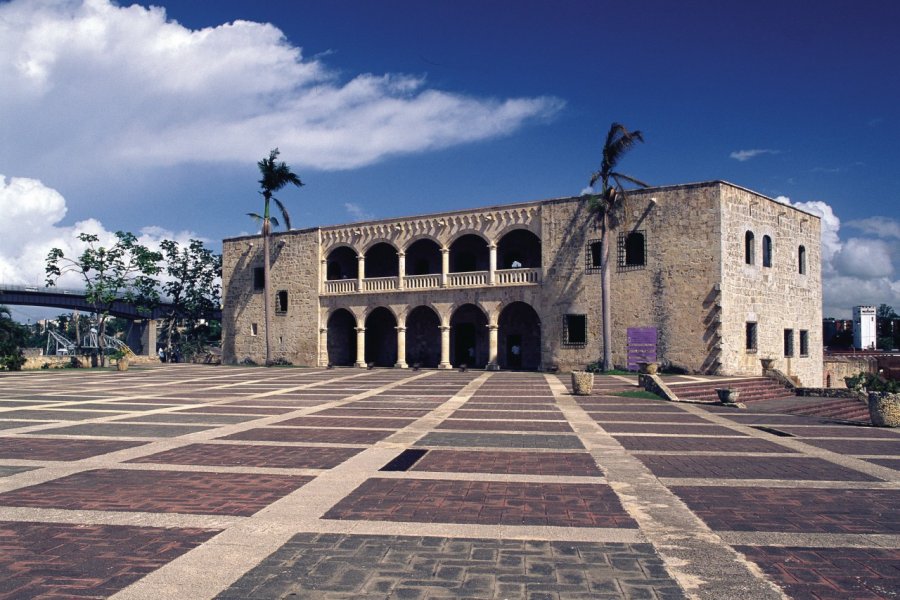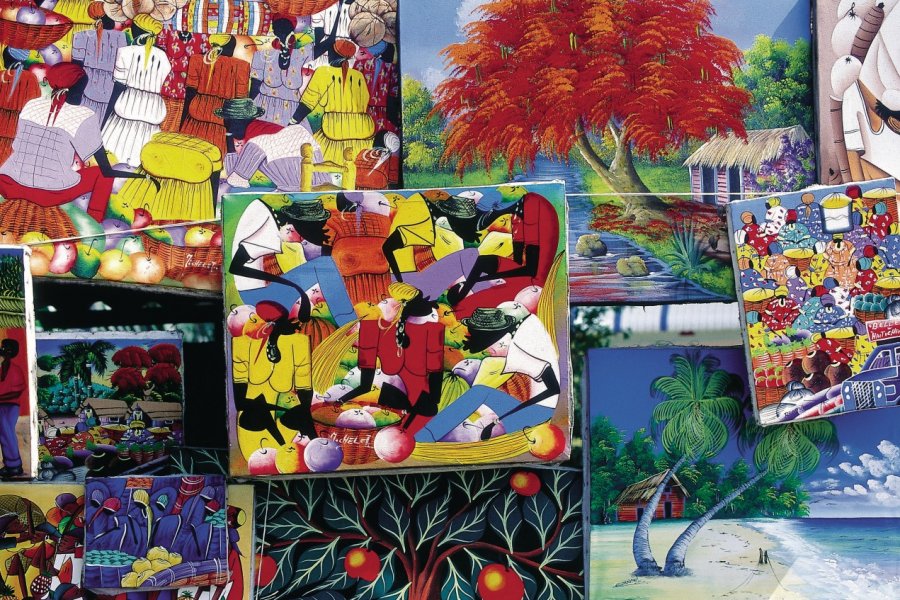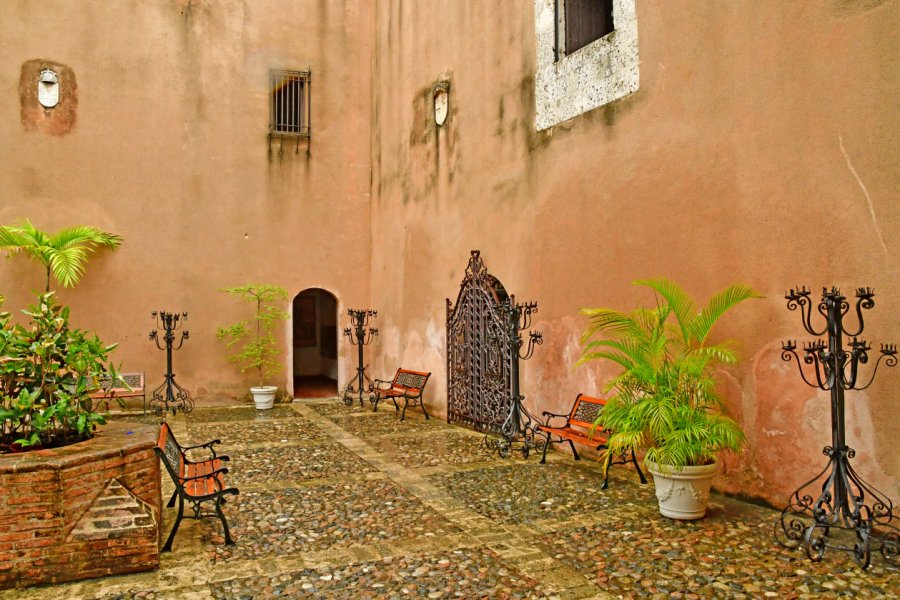Travel Guide Santo Domingo
Find an accommodation
Advertising
Santo Domingo was once the name of the entire island, also known as Hispaniola, first colonized in the east by the Spanish and, little by little, in the west - starting with Turtle Island - by the French buccaneers. Today, the name Santo Domingo (Santo Domingo in Castilian) refers only to the capital of the Dominican Republic. It is the largest city in the country, located on the Caribbean coast, on the banks of the Ozama River, which flows into the sea at its level.Walking around Santo Domingo, the cradle of the New World, is like leafing through a great history book. To the north of the Caribbean Sea, the city, bathed in a tropical climate, is lived to the rhythm of the merengue that characterizes all evenings in the Dominican capital. Its colonial area, entirely classified as a cultural heritage of humanity by UNESCO, is full of treasures, but also of deep wounds, memories of a long dictatorship.Here the contrast is everywhere, the imposing colonial historical monuments built to the glory of a prestigious past adjoin the modern districts all dressed in glass. The old marble palaces stand side by side with the poverty of the popular barrios.The businessman in suit takes his coffee next to the garbage men on break. More than anywhere else, we have learned to live and work together here. The city draws its vitality from its Indian, African, Spanish and French roots, all bathed in North American cultural influence.From this explosive cocktail, from these ethnic influences came wonders, first of all the music so particular and catchy called merengue or batchata. It is the binding force of the people, the queen of days and especially nights, impossible to spend in the city centre without a shop, a bar or a restaurant broadcasting the music of his country over and over again. The cuisine is also very different from one region to another, the traditional dish has the same name mofongo, but the ingredients change. Finally, the artistic life is intense in the capital and shows, there too, exceptional artists.With 94 km² and more than 3 million inhabitants, or a third of the country's total population, the agglomeration is now very dense. A major metro project was launched in the early 2000s, 2 lines are currently operational but in 2020 it will be 6 lines that will complete the transport system, which is often saturated on the surface.
What to visit Santo Domingo?
Advertising
Suggested addresses Santo Domingo
x 46
The best restaurants
x 69
The best hotels
x 81
The best visits
x 6
Travel agencies
x 43
The best transportation
x 44
The best outings
x 4
Sport and leisure activities
x 10
The best treats
x 6
The best care
x 25
The best stores
x 3
The best home-deco
x 18
The best services
x 4
The best events
x 28
The good plans
Weather at the moment
Advertising
Organize your trip with our partners Santo Domingo
Transportation
Book your plane tickets
Car Rental
Boat rental
Accommodation & stays
Find a hotel
Holiday rental
Find your campsite
Tailor-made trip
Immersion travel
Services / On site
Activities & visits
Find a doctor
